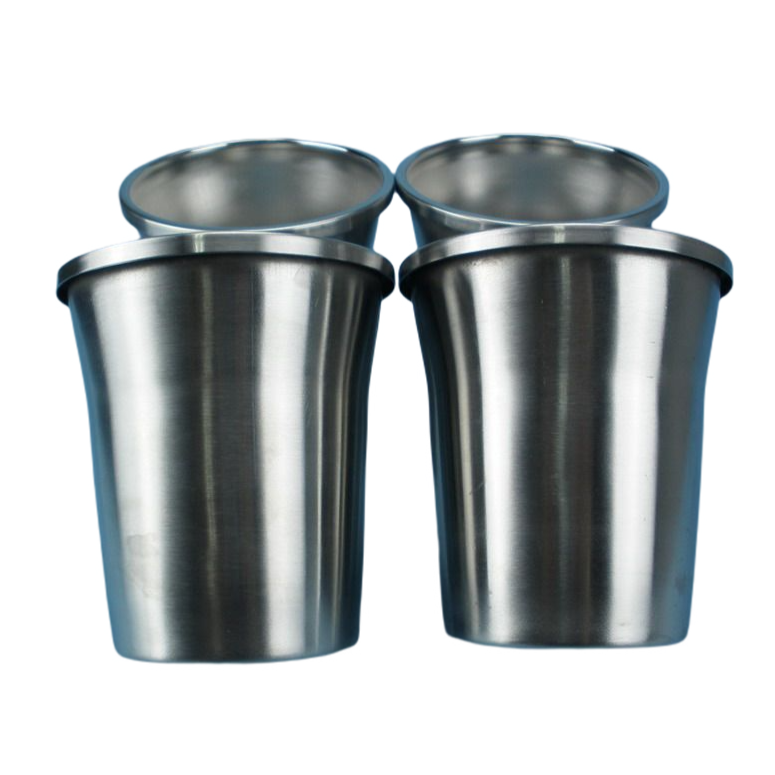
- English
- Español
- Português
- русский
- Français
- 日本語
- Deutsch
- tiếng Việt
- Italiano
- Nederlands
- ภาษาไทย
- Polski
- 한국어
- Svenska
- magyar
- Malay
- বাংলা ভাষার
- Dansk
- Suomi
- हिन्दी
- Pilipino
- Türkçe
- Gaeilge
- العربية
- Indonesia
- Norsk
- تمل
- český
- ελληνικά
- український
- Javanese
- فارسی
- தமிழ்
- తెలుగు
- नेपाली
- Burmese
- български
- ລາວ
- Latine
- Қазақша
- Euskal
- Azərbaycan
- Slovenský jazyk
- Македонски
- Lietuvos
- Eesti Keel
- Română
- Slovenski
- मराठी
- Srpski језик
Deep Drawing Parts
We have more than 10+ years of experience Youlin® deep drawing parts in a wide range of materials and shapes. Our facility combines multi-draw capabilities with a full range of secondary operations, light assembly and finishing services. We have the expertise to solve your most complicated metal deep drawing needs — and we deliver shorter lead times, higher quality & lower costs!
Send Inquiry
1. What is Deep Drawing?
Deep drawing is one of the most popular metal forming methods available to manufacturers–it involves the use of metal dies to form blank sheets of metal into a desired shape. Specifically, if the depth of the item created is equal to or greater than its radius, then the metal forming process can be called deep drawing.
2.Process of Youlin® Deep Drawing Parts

Starting with a metal blank, the disc of metal cut from a larger sheet is pushed into a cavity around a die, which begins the deep drawn process of drawing the blank into the desired shape. This is completed in gradual steps to ensure an even distribution of the metal across the final shape, which is important for preserving the integrity and strength of the finalised deep-drawn component.
3. Benefits of Deep Drawing Parts
Youlin® Deep drawing parts is especially beneficial when producing high volumes, since unit cost decreases considerably as unit count increases: once the tooling and dies have been created, the process can continue with very little downtime or upkeep. Tool construction costs are lower in comparison to similar manufacturing processes, such as progressive die stamping, even in smaller volumes; in these situations deep drawing may also prove the most cost-effective manufacturing solution.
When considering the functionality of the end product, Youlin® deep drawing parts poses still more advantages. Specifically, the technique is ideal for products that require significant strength and minimal weight. The process is also recommended for product geometries that are unachievable through other manufacturing techniques.
 Deep drawing is perhaps most useful for creating cylindrical objects: a circular metal blank can easily be drawn down into a 3D circular object with a single draw ratio, minimizing both production time and cost. Production of aluminum cans is one example of a popular use of this method.
Deep drawing is perhaps most useful for creating cylindrical objects: a circular metal blank can easily be drawn down into a 3D circular object with a single draw ratio, minimizing both production time and cost. Production of aluminum cans is one example of a popular use of this method.
Squares, rectangles and more complex geometries may create slight complications, but are still easily and efficiently created through the deep drawing process. Typically, as complexity of the geometry increases, the number of draw ratios and production costs will increase.
Deep drawing may be a viable production solution for any manufacturing process that requires one or more of the following:
● Seamless parts: Youlin® deep drawing parts are created from a single sheet of metal
● Rapid cycle times: large quantities of products are easily manufactured through deep drawing
● Complex axi-symmetric geometries: deep drawing delivers exceptional detailing and accuracy
● Reduced technical labor: precision deep drawing can deliver similar results as technical labor in quicker time frames
4. Considerations for Youlin® Deep Drawing Parts
When considering deep drawn stamping for your manufacturing needs, it is important to be aware of the following:
I. Reduced Material Waste: Deep drawn stamping uses a greater amount of the base material than other metal forming processes for significantly reduced material waste.
II. Measurement Is Critical: Not only is it important to ensure that the die dimensions are accurate, it is equally essential to consider the material thickness and desired measurements. Incorrect measurements can result in thin walls and inaccurate dimensions.
III. Draft and Tapering: Due to the fundamental manufacturing process of deep drawn stamping, some draft and tapering of the top of the component is unavoidable. This should be taken into consideration during the initial design phase.
IV. Varied Material Thickness: Deep drawn components will typically have varying thickness with thinner walls and a thicker base. This can be mitigated by tooling after the drawing process is completed.
5. Recommended Metals for Deep Drawing Parts
Deep drawing applications also benefit from the wide amount of metals that can efficiently be subjected to the process. The following metals are currently used to manufacture products through deep drawing:
Alloy Aluminum Brass Bronze Cold rolled steel Copper Iron Silver Stainless steel
6. FAQ
Q: What is deep drawing used for?
A: Deep drawing is a sheet metal forming process used industrially to produce cup-shaped, box-shaped, and other complex-curved hollow-shaped sheet parts.
Q: How does a deep drawing press work?
A: Deep drawing presswork is the industrial manufacturing process of progressively forming a piece of sheet metal into a three dimensional shape by mechanically drawing the metal sheet 'blank' into a forming die which will cut into the metal; eventually forming the required shape of the product.
Q: Which of the following are the example of deep drawing?
A: To manufacture the product more quickly, more efficiently and with higher quality. The most common examples of deep drawing are probably the beer or soft drinks cans we buy. Or the kitchen sinks we have at home.












